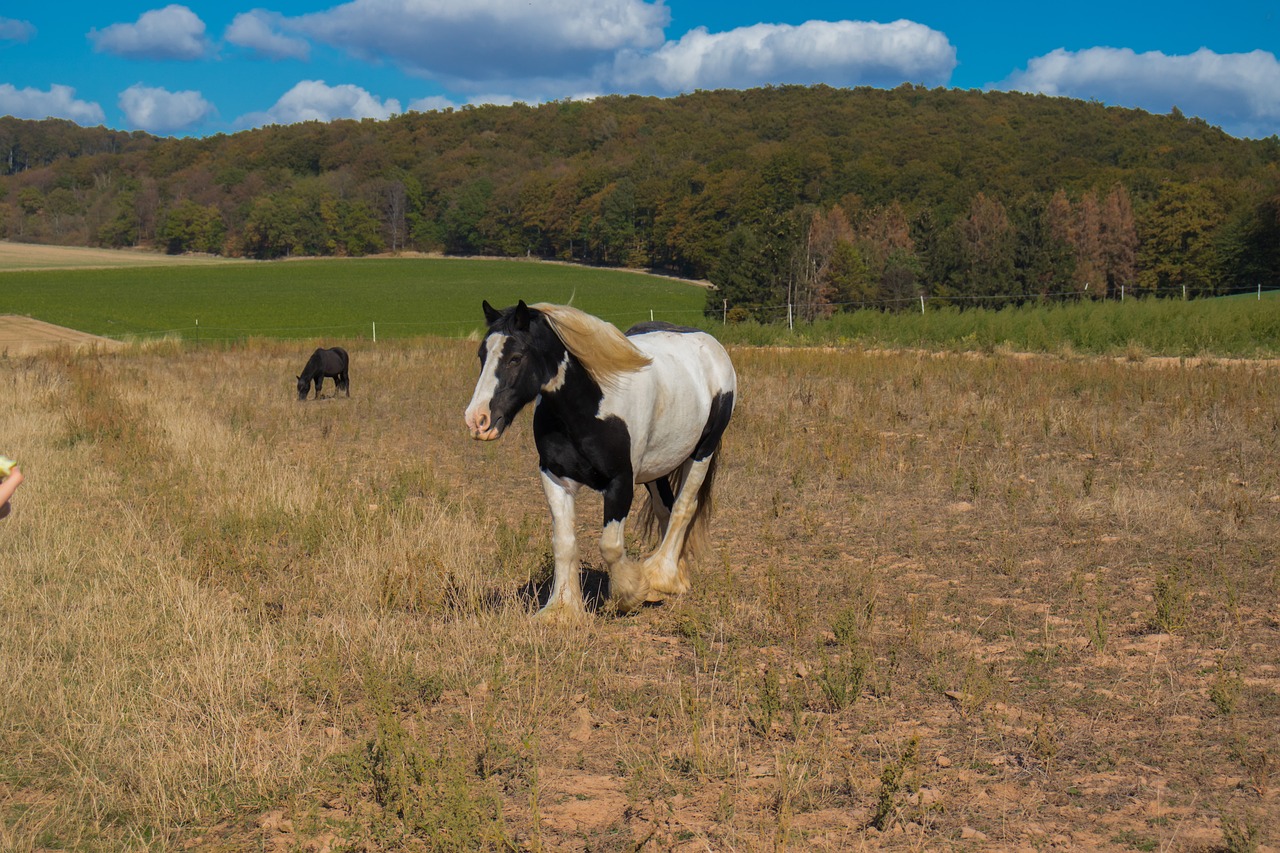Demeter: Goddess of Agriculture and Fertility in Greek Mythology
Demeter, an Olympian deity revered as the goddess of agriculture, grain, and sustenance, played a crucial role in nurturing humanity through the earth’s abundance. As the patroness of one of the significant Mystery Cults, she offered initiates the promise of an enriched afterlife in Elysium. Artistic representations often depict her as a mature figure, adorned with a crown and often holding sheaves of wheat or a cornucopia, alongside a torch.
Notable Myths Involving Demeter
Demeter’s mythology encompasses several well-known tales, including:
- The Abduction of Persephone: This foundational myth recounts how Persephone, Demeter’s daughter, was taken by Hades, resulting in a devastating famine on earth.
- Nurturing Demophoon: The goddess cared for the young son of King Celeus of Eleusis.
- Triptolemos’s Journey: Demeter sends this hero to teach humanity about agriculture.
- Poseidon’s Assault: An account of Demeter being forcibly united with Poseidon in equine form.
- Erysikhthon’s Punishment: Demeter cursed him with insatiable hunger for desecrating her sacred grove.
Additional tales further explore her character and influence.
Genealogy of Demeter
Parents:
Demeter is a daughter of Cronus and Rhea, as narrated in several ancient texts.
Offspring:
Through her union with Zeus, she bore Persephone and Dionysus. Additionally, she had children with Poseidon, including Despoena and the horse Arion.
The Deity’s Characteristics and Worship
Demeter’s name is often linked to the earth, signifying “mother earth,” hinting at her nurturing aspects. The goddess embodies not only fertility and agriculture but extends to fertility in broader societal contexts, hence her association with marriage and women, often celebrated through her priestesses.
As a divinity strong in both agricultural principles and social order, she was seen as a promoter of peace and laws. The cycle of her worship mirrored agricultural cycles, particularly emphasizing the cyclical nature of life, death, and rebirth witnessed in the seasons.
Popular Cult Sites and Festivals
Demeter’s worship spread across various regions, including Crete, Delos, and Sicily. Significant festivals, such as the Thesmophoria and Eleusinia, were critical in her cult, focusing on sacred rites that reflected the goddess’s link to fertility and harvest. Rituals typically featured animal sacrifices and offerings, including pigs—symbolizing fertility—and other agricultural products.
Demeter’s temples often graced serene groves, emphasizing her connection to nature and the earth. Her iconography typically includes symbols like sheaves of grain and mystical objects linked to fertility.
Iconographic Depictions
Artistic renditions of Demeter are numerous, with many idealizing her form. Classical representations often showcase her in elaborate attire, sometimes riding a chariot drawn by mystical creatures or with corn wreaths adorning her. Although direct statues are scarce, her influence in artwork and literature solidified her status as a significant figure in ancient culture.
Literary References to Demeter
From ancient hymns to various classical texts, Demeter’s influence is notable. The Homeric Hymns contribute significantly to her legacy, detailing her attributes and familial connections in poetic verses. Other classical writers also celebrate her, acknowledging her as the goddess who fostered civilization through agriculture and law.
Conclusion
Demeter’s mythos interweaves themes of loss, renewal, and the profound connection between humanity and the natural world. Her legacy endures not only through ancient texts but also in cultural celebrations that align with agricultural cycles. As a figure symbolizing life’s cyclical nature, Demeter embodies the spiritual and physical nourishment found in the earth.



